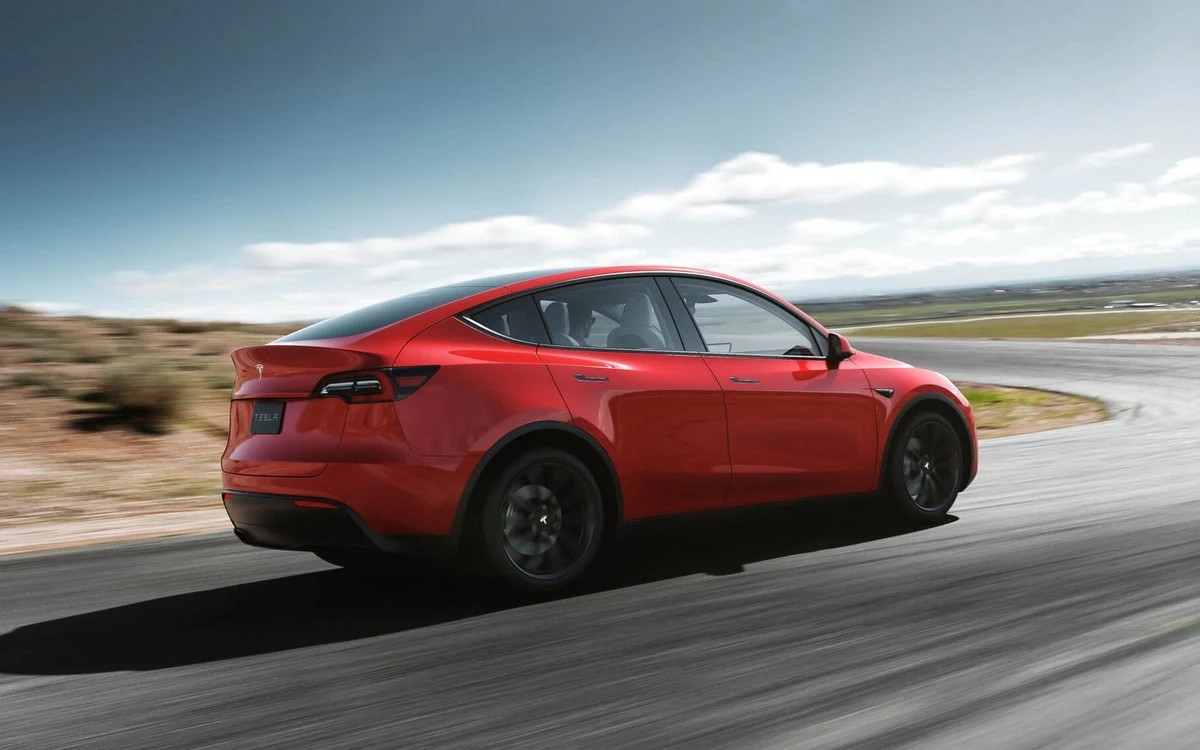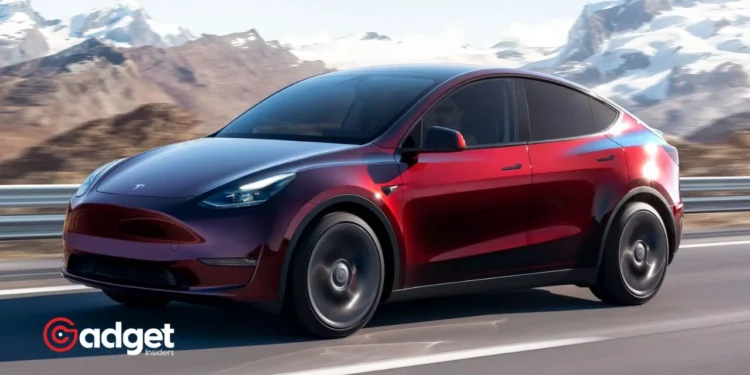In an unprecedented move, Tesla, the electric vehicle behemoth, has significantly reduced the prices of its Model Y electric crossover, marking a bold strategy to navigate through its largest inventory stockpile to date. This decision comes on the heels of a production spree that saw the company manufacture 46,561 more vehicles than it managed to deliver in the first quarter of 2024, leaving the Austin, Texas-based automaker with an all-time high in unsold cars.

Tesla’s Strategy Amidst Surging Inventories
To mitigate the burgeoning inventory, Tesla has announced considerable price reductions across its Model Y lineup. The rear-wheel-drive (RWD) variant of the Model Y sees a cut of $4,600, while the Long Range and Performance models are becoming more accessible with a $5,000 deduction in their prices.
This pricing strategy is further sweetened by the inclusion of a $7,500 Federal EV Tax Credit, effectively bringing the starting price of the Model Y RWD down to an attractive $33,890. The Long Range and Performance variants are now pegged at $37,490 and $40,690, respectively.
To boost sales, the EV giant is also offering three months of complimentary Full-Self Driving beta access, although it’s crucial to remember that this feature does not equate to fully autonomous driving.
2024 TESLA MODEL Y: PRICE DROPhttps://t.co/XAiT3okxUS
After Tax Credit— Likeacoupon (@likeacoupon) April 8, 2024
The Context Behind Tesla’s Bold Move
Tesla’s inventory predicament is partly attributed to operational hiccups, including shutdowns at its German factory and a significant revamp at its Fremont, California, plant aimed at rolling out an upgraded Model 3 sedan.
These disruptions have been pinpointed by Tesla as the primary culprits behind its global sales slump. However, this explanation has met with skepticism from some quarters of the analyst community.

According to a Bloomberg report, the disparity between the company’s production and sales figures in the first quarter of 2024 challenges the narrative that the company’s delivery issues were tied to supply constraints rather than waning demand.
Ryan Brinkman, a JPMorgan Chase & Co. analyst with a cautious outlook on Tesla, opined that the first quarter’s performance “dispels the notion that 1Q deliveries were somehow supply rather than demand constrained.”
In light of these developments, Brinkman has revised his company stock valuation downwards, adjusting his price target from $130 to $115, and anticipates a $1.3 billion free cash outflow for the company, a stark reversal from previously projected cash inflows.
Implications for Tesla and the EV Market
Tesla’s aggressive price revision strategy for the Model Y not only underscores the company’s inventory challenges but also reflects a broader narrative in the electric vehicle sector concerning demand sustainability.
As The brand maneuvers through its current inventory glut with price adjustments and added incentives, the outcome of these measures could set important precedents for pricing strategies and demand stimulation within the electric vehicle industry.

This strategic pivot by the brand is a crucial storyline in the electric vehicle saga, shedding light on the complexities of balancing production, inventory, and demand in a market that is at the forefront of the automotive industry’s transition to sustainable transportation.
As Tesla navigates through these turbulent waters, all eyes will be on the company’s ability to steer back to a steadier course, not just for itself but as a bellwether for the electric vehicle sector at large.










